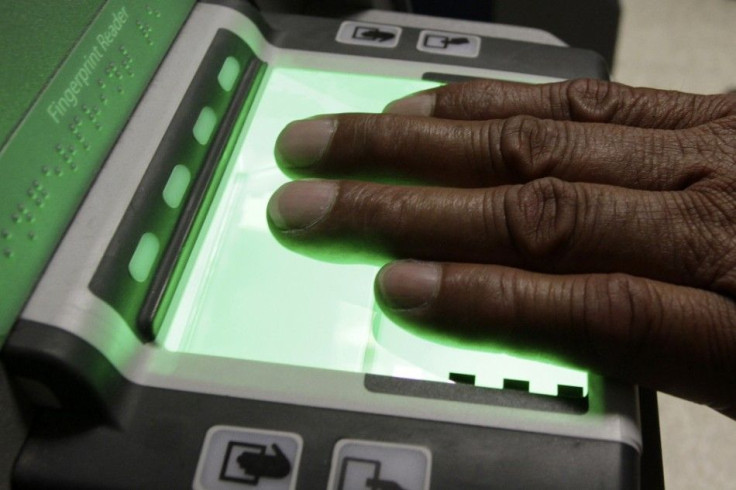CSIRO scientist develops glowing fingerprints technique to help counter crime

A new crime identification technique that will help police catch criminals has been developed by a Commonwealth Scientific and Industrial Research Organisation (CSIRO) scientist who had his home broken into.
The research published in the Advanced Materials journal said that all one had to do was add a drop of liquid containing crystals to target surfaces. Using a UV light, investigators will be able to see invisible fingerprints “glow” in about 30 seconds, said the report.
A greater contrast is created between the surface and the latent print due to the strong luminescent effect, allowing for higher resolution images that become extremely useful in more precise analyses.
The CSIRO materials scientist, Kang Liang, feels this unique technique could be helpful against conventional “dusting” technique that at times lead to inappropriate results.
“While police and forensics experts use a range of different techniques, sometimes in complex cases evidence needs to be sent off to a lab where heat and vacuum treatment is applied. Our method reduces these steps, and because it’s done on the spot, a digital device could be used at the scene to capture images of the glowing prints to run through the database in real time,” said Kang.
The study reported that tiny crystals rapidly bind to fingerprint residue, which includes fatty acids, proteins, peptides and salts, thus creating an ultrathin coating which is an exact replica of the pattern.
This technique works at a molecular level, and is therefore extremely precise. Furthermore, it reduces the risk of damaging the print, he said.
According to Before It's News, Metal Organic Framework, or MOF, crystals have a number of benefits, including being cheap, reacting quickly as well as emitting a bright light. It also does not create any dust or fumes, which helps in reducing waste and lowers the risk of inhalation.
For over 100 years, fingerprint identification has been used as a key method by law enforcement as well as forensic experts. Adding CSIRO’s new method to the mix will save valuable time, cost and augment investigations in a far better way.
The CSIRO is now more likely to team up with law enforcement agencies to bring this technique into effect.
Contact the writer at feedback@ibtimes.com.au, or let us know what you think below.




















